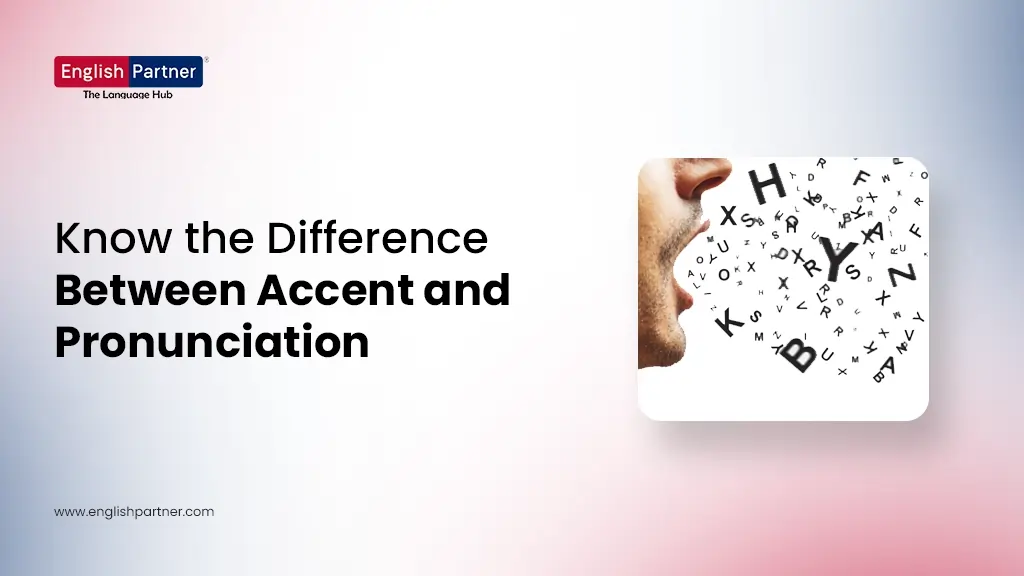
Content Writer
August 6, 2025

The key distinction between these two phrases lies in their grammatical function:
“What is it?” – This is a direct question that requires an answer “What it is” – This is a noun clause used within statements
Use “What is it?” when you’re asking a direct question:
Examples:
“I found something strange in the garden. What is it?”
“There’s a noise upstairs. What is it?”
“Someone left a package at the door. What is it?”
Structure: What + is + it + ?
❌ Incorrect: “I know what is it?” ✅ Correct: “I know what it is.”
❌ Incorrect: “Can you tell me what is it?” ✅ Correct: “Can you tell me what it is?”
❌ Incorrect: “I forgot what is it.” ✅ Correct: “I forgot what it is.”
Scenario 1: Direct Question
A: [Points to an unknown object]
B: “What is it?”
Understanding this distinction is crucial because:
The difference between “What is it?” and “What it is” might seem small, but mastering it can significantly improve your English speaking skills. Remember: use “What is it?” when asking direct questions, and “What it is” when making statements or expressing knowledge.
Keep practicing, and soon this grammar rule will become second nature to you!
Preethi is a results-driven content creator and copywriter who turns ideas into powerful words. With a knack for engaging storytelling and SEO-savvy writing, she helps brands connect, convert, and grow.

Certainly! Use “What is it?” when:
You see something unfamiliar: “There’s something moving in the bushes. What is it?”
Someone mentions something vague: “I have a surprise for you.” “What is it?”
You’re genuinely asking for identification: “This tool looks strange. What is it?”
Yes, these mistakes can affect how professional and fluent you sound. While people may still understand you, correct grammar helps you:
Yes, other commonly confused phrases include:
The time varies depending on your current level, practice frequency, and learning method. With consistent practice:
Copyright © 2025 Englishpartner . All rights reserved.